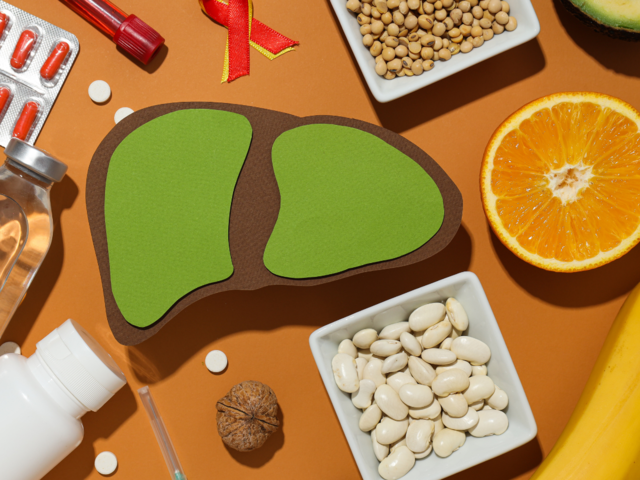
While OOH has been hit hard by the pandemic, things are slowly starting to look up as advertisers are coming backBCCL
Experts talk about all that is happening in the OOH ecosystem
Sep 9, 2020, 16:14 IST
media
Why this is a good time for advertisers to start spending on OOH
Sep 9, 2020, 16:14 IST
Experts talk about all that is happening in the OOH ecosystem
- The Out-of-home industry has been severely impacted by the pandemic with the months of April, May and June seeing almost zero business.
- However, with the country slowly opening up, things are starting to move and a lot of hope also rests on the festive season.
- We talk to experts who tell us what the rest of the year looks like and why this is a good time for advertisers to start spending on OOH.
However, with the festive season round the corner, is there a chance of some growth coming back to OOH?
Experts feel there are a lot of factors that will impact the growth. It is a fact that the number of Covid-19 cases are still on the rise in the country. So how the festive season turns out to be will also be dependent on where we stand in terms of the pandemic in the next month. Consumer sentiments will turn once things start getting better and they feel the confidence of going out again.
However, since the industry saw almost a washout during the weeks of the strict lockdown, even if the festive season is around 40-50% of what it is every year, we are still some time away from things getting back to normal.
According to a recent report by Pitch-Madison, overall, OOH advertising in India declined by 55% in the first half of the year and closed at Rs 760 crore. ‘On account of this, OOH’s share of total AdEx, which has always been above 5%, has come down to 4% in H1’20,’ stated the report.
The story so far
Owing to people being stuck at home, sectors like OOH and experiential were impacted badly. People weren’t going out, so there was no point in advertising.
“The months between April to June were a complete washout for the OOH business. However, with the festive season ahead of us, we are having conversations with advertisers. When it comes to the festive season, the most important thing is the positioning of the dates. Luckily this year, Mahalaya (Day 0 of Durge Puja) is happening at the end of September, which is a full month before the Puja actually starts. So that gives us some breathing space,” said
He shares that compared to last year, Selvel might see revival of anywhere between 25-40% during the festive weeks. “Even a 25-40% revival is a big deal because we have been at 0,” he added.
He said that the fact that a lot of campaigns have been pending for the past 6 months will ensure that advertisers slowly start launching them.
For
“While a lot of advertisers are coming back slowly because brands advertising at airports are long-term advertisers, a lot of them have been asking for discounts and price reductions due to low traffic,” shared
If traffic is down by 70%, brands are looking for a 70% cut on the rate-card. “And that has been one of the major challenges for us,” added Nanda.
However, according to
A few facts
While
Last week civil aviation minister Hardeep Puri said that as the centre had allowed flight capacities to be increased to 60%, domestic flight operations were picking up. As of September 6, total number of footfall at airports has been 2,85,577 (data from the Ministry of Civil Aviation).
With this, the overall confidence of passengers as well as advertisers is growing steadily. A recent GVK-led'Restart Feedback’ Survey for Mumbai Airport reveals that 99.6% passengers find air travel to be the most reliable mode of transport. Moreover, 54.7% passengers are flying primarily for business purposes. The Survey displays a change in the purpose of travel for passengers, with business travel gaining momentum at the Mumbai airport. With airport safety measures, passengers are ready to fly even twice a month. Passenger satisfaction with the safety measures at the airport inspires confidence to travel by air more than once a month.
Wooing advertisers back to OOH
Over the past few months, hoardings across most cities have either been empty, or being carrying coronavirus advisory. However, with unlock being done across the country, people are coming out and this is a good time to grab people’s eyeballs.
So how is it that OOH media owners and agencies are talking to advertisers about the importance of OOH and bringing them back to the medium? “At Posterscope, we have always maintained that OOH is a powerful medium that adds value to any communication plan. The recent study done by
On how OOH plays an important role in delivering high-impact messages,
In the present circumstances hyper-local content has garnered great importance. OOH is best suited for hyper-local content. OOH as a medium allows the advertiser brand to customize campaigns locally to deliver messages relevant to that area.”
Having said that, Mehta expressed his disappointment at brands not doing enough on OOH in the month of August. “Brands have lost a great opportunity to really drive a message home in the month of July and August when traffic was gradually increasing on Indian roads. This was the time when brands would have got the space at really low rates and would have got a great spread across the city. Even if it would have reached half the normal number of people, they would get double the bang for their bucks because there nobody else was advertising despite people being out and about. It had the potential of giving their communication a massive recall value, at a much lower cost.”
Agreeing, Nanda said that this could have been a time when brands came up with campaigns to build a stronger connect with their consumers. “We have written several papers on how during a slowdown consumers look for some reinforcement and reassurance from brands. And communications like this helps them in brand building. Moreover, everybody knows that OOH is the nearest to the point of sale. You can really pin point which markets and cities are open. So if you really plan your campaigns well, OOH works very well in doing targeted campaigns to help sale of your products in particular areas,” explained Nanda.
What the industry is doing as a whole to minimize the impact?
Considering the impact on the medium so far, there will need to be a proper recovery plan in place. However, is the OOH industry as a whole doing something to minimize the impact?
Sanyal said, “It goes without saying that the industry is doing everything possible across board to make sure advertisers are back in our media. I see the level of engagement that is happening at every level is very reassuring. So if you look at traditional media it was initially wooing through sweetened deals followed by hard to data to give reassurance to the advertisers of the increasing footfalls. In activation which is worst hit sector in outdoor has been doing stores on wheels and RWA engagements. The emergence of e-meeting platforms and CSR activities like distribution of face masks, sanitisers etc have kept the industry busy in the event sector. In retail we have seen how the signage game is changing with the new Covid norms of social distancing, sanitisation and minimal contact while transacting.DOOH is slowly gaining prominence as the malls and airports come back to life. So every section of OOH industry is adapting to the new norms and coming up with solutions for the advertisers.”
“ The industry is indeed fighting back with several strategies including focus on Tier 2/3 markets, package rates (city specific as well as multi cities), use of Audience Measurement Tools (Laqsha Media has the most advanced metric platform in India) and of course some degree of price rationalization. The recent licensee fee waiver by various Corporations & government bodies has greatly helped OOH owners to offer discounts. Agencies are also working on giving better ROI to clients for their OOH campaigns,” shared Singh.
On what his advice for brands is, Mehta said, “I would ask them to take off their blinders. OOH combined with a bit of social media has the potential to make your brand viral. Brands should use this opportunity.”
INSIDER INTELLIGENCE REPORTS







